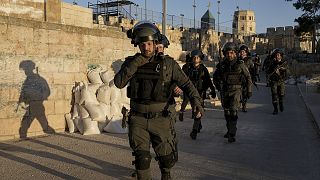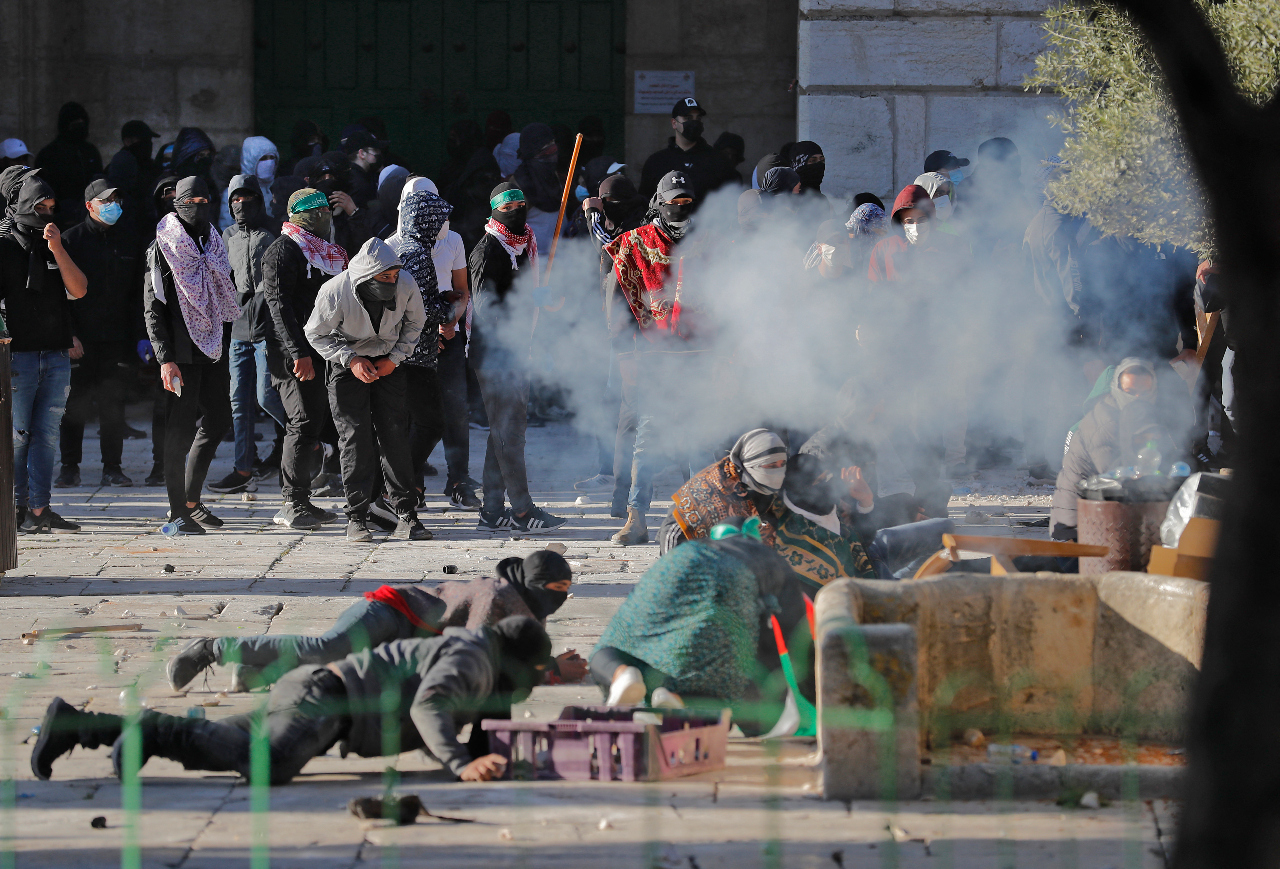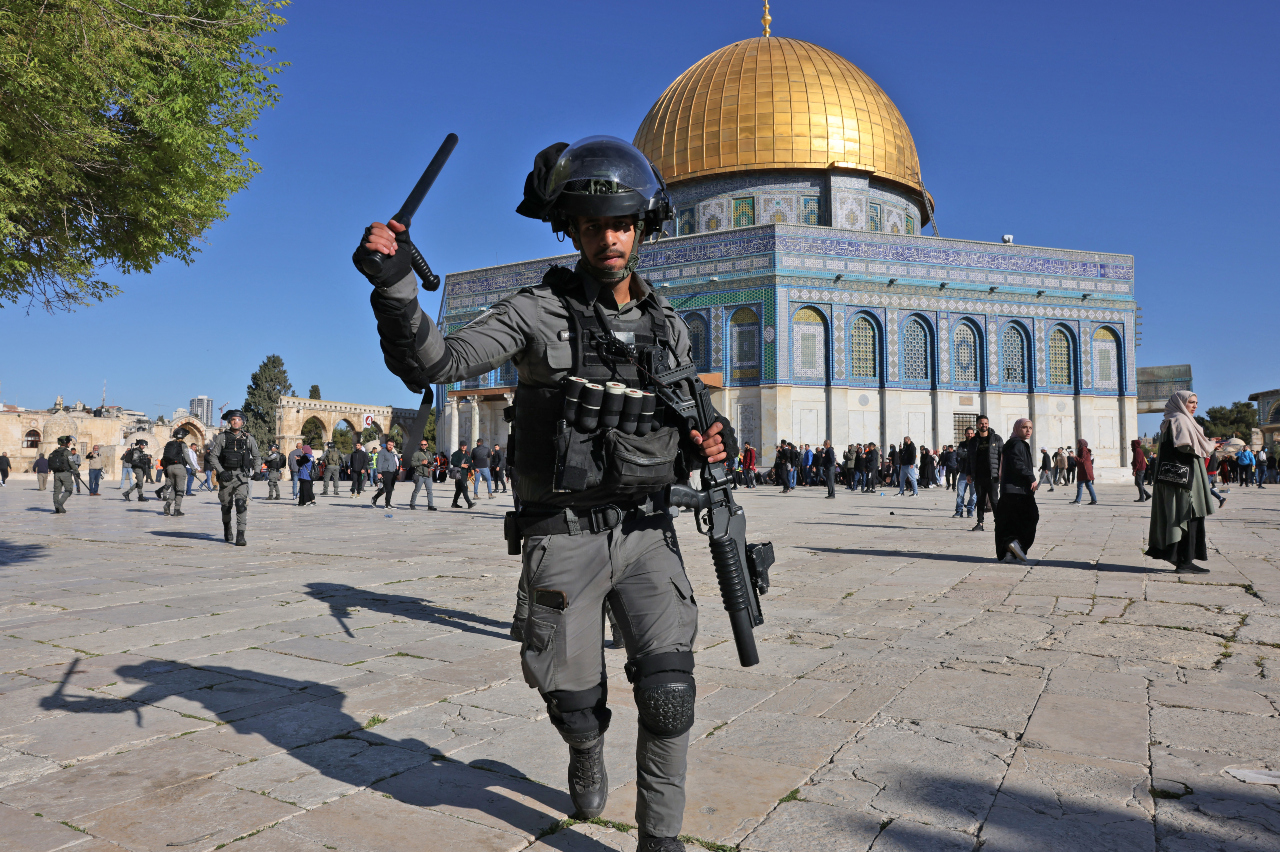STEVE BLANK
APRIL 15, 2022
COMMENTARY
Looking at a satellite image of Ukraine online, I realized it was from Capella Space — one of our Hacking for Defense student teams who now have seven satellites in orbit. Hacking for Defense is a university course I and others created to connect students interested in learning lean innovation methods to solve the toughest national-security challenges.
They’re not the only startup in this fight. An entire wave of new startups and scaleups are providing satellite imagery and analysis, satellite communications, and unmanned aerial vehicles supporting Ukraine’s struggle.
For decades, satellites that took detailed pictures of Earth were only available to governments and the high-resolution images were classified. Today, commercial companies have their own satellites providing unclassified imagery. The government buys and distributes commercial images from startups to supplement their own and shares them with Ukraine as part of a broader intelligence-sharing arrangement that the head of Defense Intelligence Agency described as “revolutionary.”
At the onset of the war in Ukraine, Russia launched a cyber attack on Viasat’s KA-SAT satellite, which supplies internet across Europe, including to Ukraine. In response to a (tweeted) request from Ukraine’s vice prime minister, Elon Musk’s Starlink satellite company shipped thousands of its satellite dishes and got Ukraine back on the internet. Other startups are providing portable cell towers — both “backpackable” and fixed. When these connect via satellite link, they can provide phone service and Wi-Fi.
Drone technology was initially only available to national governments and militaries. In Ukraine, drones from startups are being used as automated delivery vehicles for resupply, and for tactical reconnaissance to discover where threats are.
Equipment from large military contractors and other countries are also part of the effort. However, the equipment listed above is available commercially at dramatically cheaper prices than what’s offered by the large existing defense contractors, and developed and delivered in a fraction of the time.
While we should celebrate the organizations that have created and fielded these systems, they illustrate much larger issues in the Department of Defense.
America’s national security is inexorably intertwined with commercial technology, such as drones, AI, machine learning, autonomy, biotech, cyber, quantum, high-performance computing, and commercial access to space.
Most of these companies were founded or funded by the Defense Department’s orphan-child — the Defense Innovation Unit. Established in Silicon Valley in 2015 by then-Secretary of Defense Ash Carter, the organization has offices in Austin, Boston, Chicago, and Washington, D.C. This is the one defense organization with the staffing and mandate to go head-to-head with any startup or scaleup. The Defense Innovation Unit is America’s most promising effort to bridge the divide between pressing national security requirements and the commercial technology needed to address them with speed and urgency. This capability is exactly what the Department of Defense needs. It accelerates the connection of commercial technology to the military. Just as importantly, the Defense Innovation Unit helps the department learn to innovate at the same speed as tech-driven companies.
China views combining its military-civilian sectors as a national effort to develop a “world-class” military and become a world leader in science and technology. A key part of Beijing’s strategy includes developing and acquiring advanced dual-use technology.
Given that the Defense Innovation Unit is the Department of Defense’s most successful organization in developing and acquiring advanced dual-use technology, one would expect the department to scale the Defense Innovation Unit. The threats are too imminent and stakes too high not to. So what happened?
Congress cut the budget by 20 percent.
Why? The defense ecosystem is at a turning point. Defense innovation threatens entrenched interests. Given that the Pentagon budget is essentially fixed, creating new vendors and new national champions of the next generation of defense technologies becomes a zero-sum game.
The traditional suppliers of defense tools, technologies, and weapons — the prime contractors and federal labs — are no longer the leaders in next-generation technologies such as drones, AI, machine learning, autonomy, biotech, cyber, quantum, high-performance computing, and commercial access to space. They know this and know that weapons that can be built at a fraction of the cost and upgraded via software will destroy their existing business models.
Venture capital and startups have spent 50 years institutionalizing the rapid delivery of disruptive innovation. In the United States, private investors spend $300 billion a year to fund new ventures that can move with the speed and urgency that the Department of Defense now requires. The Pentagon’s relationship with startups and commercial companies, already an arms-length one, is hindered by a profound lack of understanding about how the commercial innovation ecosystem works and its failure of imagination about what it could do.
The department has world-class people and organization for a world that no longer exists.
A radical reinvention of America’s civil-military innovation relationship is necessary if it wants to keep abreast of its adversaries. This would use Department of Defense funding, private capital, dual-use startups, existing prime contractors and federal labs in a new configuration along the following lines.
Create a new defense ecosystem encompassing startups and mid-sized companies at the bleeding edge, prime contractors as integrators of advanced technology, federally funded research-and-development centers refocused on areas not covered by commercial tech (nuclear and hypersonics come to mind). Make it permanent by creating innovation doctrine and policy.
Create new national champions in dual-use commercial tech areas such as AI, machine learning, quantum, space, drones, autonomy, biotech, underwater vehicles, shipyards, etc., that are not the traditional vendors. Do this by picking winners. Don’t give out door prizes. Contracts should be larger than $100 million so high-quality venture-funded companies will play.
Integrate and create incentives for the venture-capital and private-equity ecosystem to invest at scale. Ask them what it would take to invest at scale — one example might be to create massive tax holidays and incentives — to get investment dollars in technology areas of national interest.
Recruit and develop leaders across the Defense Department prepared to meet contemporary threats and reorganize around this new innovation ecosystem. The threats, speed of change, and technologies the United States faces in this century will require radically different mindsets and approaches than those it faced in the 20th century. Today’s Department of Defense leaders of consequential organizations must think and act differently than their predecessors, even their predecessors from only a decade ago. Leaders at every level now need to understand the commercial ecosystem and how to move with the speed and urgency that China is setting.
Buy where you can; build where you must. Congress mandated that the Department of Defense should use commercial off-the-shelf technology wherever possible, but the department fails to do this. (See this industry letter to the Department of Defense for more details.)
Acquire at speed. Today, the average Department of Defense major acquisition program takes anywhere from nine to 26 years to get a weapon in the hands of a warfighter. The department needs a requirements, budgeting, and acquisition process that operates at commercial speed (18 months or less), which is 10 times faster than its current procurement cycles. Instead of writing requirements, the department should rapidly assess solutions and engage warfighters in assessing and prototyping commercial solutions.
Coordinate with allies. Expand the National Security Innovation Base to an Allied Security Innovation Base. Source commercial technology from allies.
Change is hard — especially on the people and organizations inside the Department of Defense who’ve spent years operating with one mindset only to be asked to pivot to a new one. But America’s adversaries have exploited the boundaries and borders between its defense and commercial and economic interests. Current approaches — both in the past and under the current administration — to innovation across the government are piecemeal, incremental, increasingly less relevant, and insufficient. It’s a politically impossible problem for the Defense Department to solve alone. Changes at this scale will require congressional action: hard to imagine in the polarized political environment. But not impossible.
These are not problems of technology. It takes imagination, vision, and the willingness to confront the status quo. So far, all are currently lacking. But if more can be found, we may see more successes like those seen in Ukraine.
Steve Blank is an adjunct professor at Stanford and a founding member at Stanford’s Gordian Knot Center for National Security Innovation. Steve consults for the national security establishment on innovation methods, processes, policies, and doctrine. Steve’s latest class at Stanford, Technology, Innovation, and Great Power Competition, is providing crucial insight on how technology will shape all the elements of national power.
Image: Starlink satellite launch




























